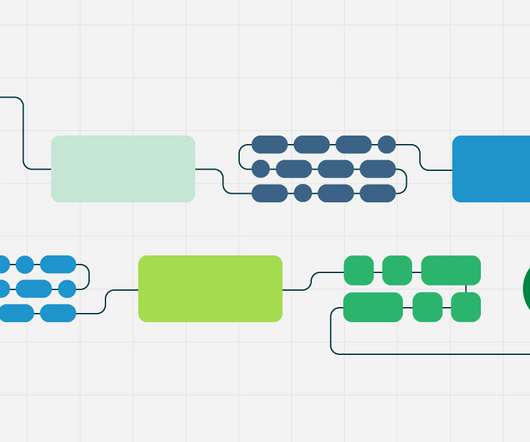9 Types of Phishing and Ransomware Attacks—And How to Identify Them
Ivanti
JANUARY 19, 2022
Ransomware, on the other hand, was responsible for most data breaches caused by malware. against known and zero-day vulnerabilities, zero-click exploit kits developed by the NSO Group, fileless malware and the adoption of the “as-a-service” business model. Ransomware is malware whose sole purpose is to extort money from the end user.













Let's personalize your content